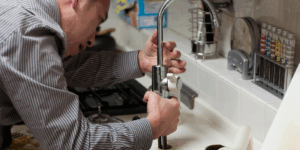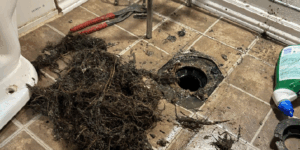
Toilet Keeps Running? What It’s Costing You in Hamilton
Toilet Keeps Running? What It’s Costing You in Hamilton A running toilet can be no more than a nuisance: the low trickling sound, the periodic refill, or that slight noise

Toilet Keeps Running? What It’s Costing You in Hamilton A running toilet can be no more than a nuisance: the low trickling sound, the periodic refill, or that slight noise

Few plumbing problems are as frustrating as a clogged drain. In Mississauga households, clogs happen for many reasons — from kitchen grease and food scraps to bathroom hair and soap
Sump pumps for Niagara, is it important? Niagara is renowned for its breathtaking views, vineyards, and quaint neighborhoods but it’s also no stranger to torrential rains, melting snows, and water

Oakville’s park boulevards full of street trees are part of the many here that are a joy. From Bronte Village to Glen Abbey, every house is shaded and embellished by